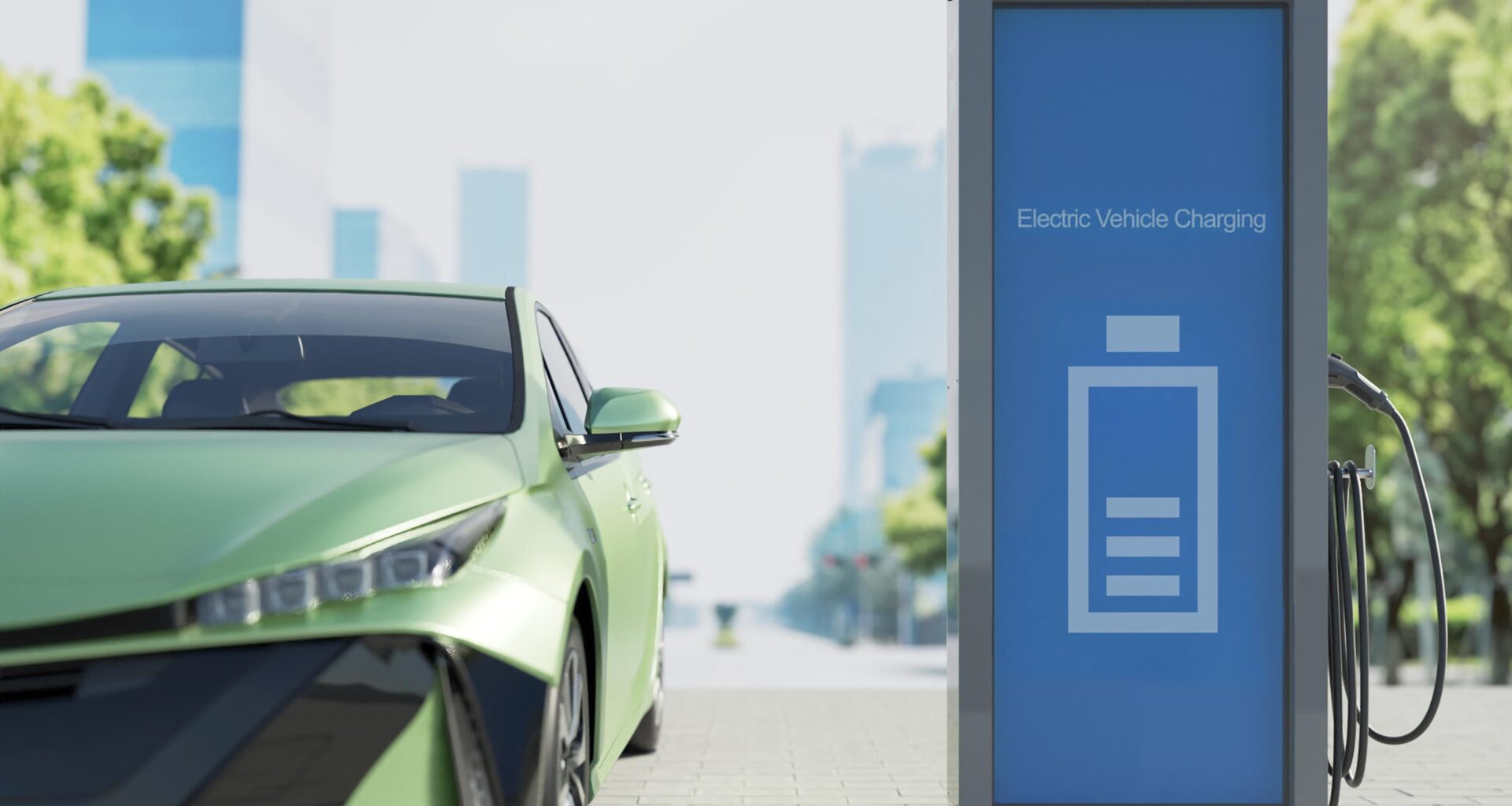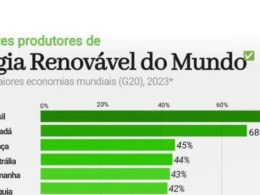the
healthtransformation
foundation
Joaquim Cardoso MSc
January 26, 2024
This executive summary is based on the article “What happened to EVs?”, published by Business Insider and written by Paris Marx on January 3, 2024.
What is the message?
The surge in electric vehicle (EV) adoption anticipated by the U.S. government faces a significant setback, revealing flaws in the country’s EV strategy.
The push for EVs as a direct replacement for traditional vehicles, rather than part of a holistic sustainable transportation plan, proves misguided.

What are the key points?
Slowed Adoption Despite Record Sales: While EV sales have hit record numbers, the pace of adoption has drastically slowed, jeopardizing the achievement of government targets. Various repercussions, including excess inventory, price cuts, and delayed investments by automakers, underscore the depth of the issue.
Flawed One-to-One Substitution: The central flaw lies in treating EVs as direct substitutes for gas-powered vehicles instead of addressing broader transportation challenges. This narrow approach fails to consider diverse issues such as charging infrastructure, affordability, and transportation problems beyond emissions.
Size Matters: The tendency to produce larger EVs mirroring the size inflation in traditional vehicles exacerbates environmental concerns. Bigger EVs necessitate larger batteries, escalating raw material consumption, intensifying mining operations, and compromising efficiency and safety.
Range Anxiety and High Costs: Overemphasis on increasing EV range contributes to bigger batteries, elevating costs and perpetuating the myth of EVs as pricier options. Concerns about range anxiety persist, despite data indicating that the average daily travel distance is well within the capabilities of current EVs.
Economic Barriers to Adoption: High EV prices, exacerbated by the pursuit of extended ranges, hinder mass adoption. With rising living costs, the average consumer’s ability to afford costlier EVs diminishes, limiting the demographic willing and able to transition to electric.
What are the key statistics?
In Q3 2023, a record 300,000 EVs were sold in the U.S.
Ford delayed $12 billion of its planned $50 billion investment in EV manufacturing capacity.
73% of respondents in a fall 2023 Ipsos survey expressed concerns about EV range.
EV buyers, with a median household income of $186,000, constitute a limited demographic.
What are the key examples?
Automakers cut prices to reduce accumulated EV inventory.
Ford and General Motors scaled back planned investments in EV production.
Tesla postponed a planned factory in Mexico.
High-income households in areas with robust charging infrastructure dominate EV adoption.
Conclusion
The challenges in EV adoption highlight a flawed strategy focusing on one-to-one substitution, oversized EVs, and extended ranges.
A broader, more nuanced approach addressing charging infrastructure, affordability, and diverse transportation needs is essential to overcome the barriers hindering the envisioned EV revolution.
To read the original publication, click here.












